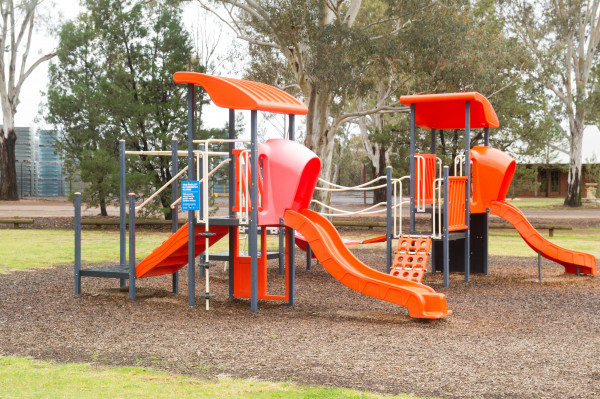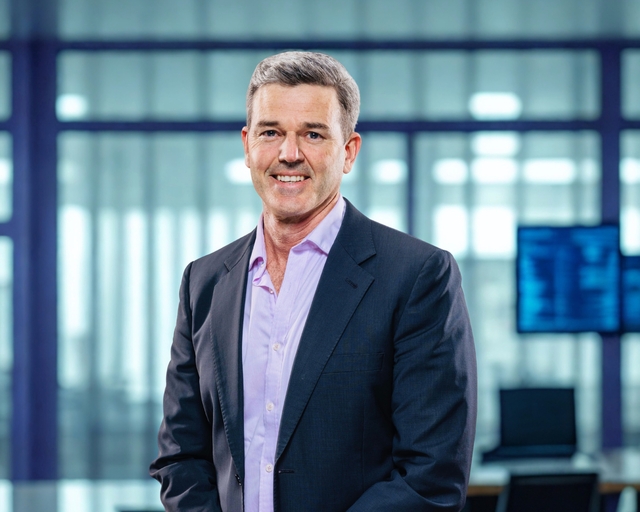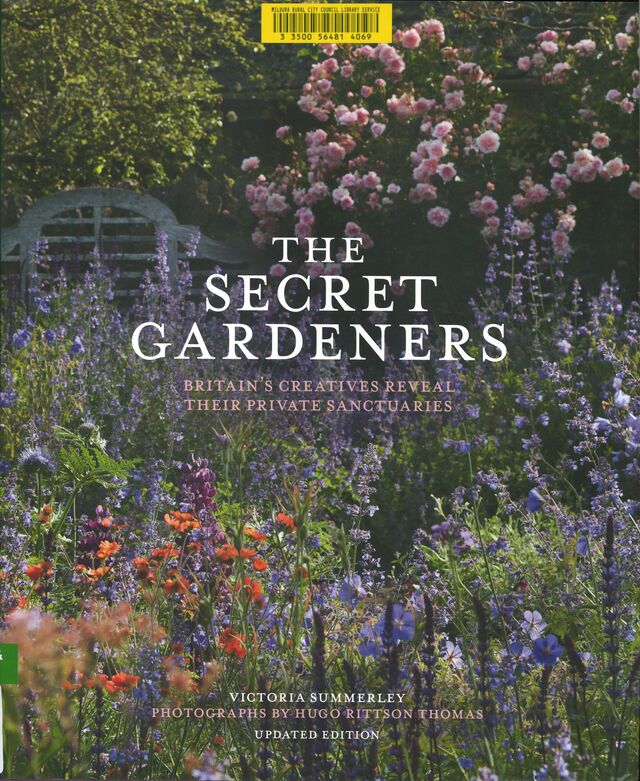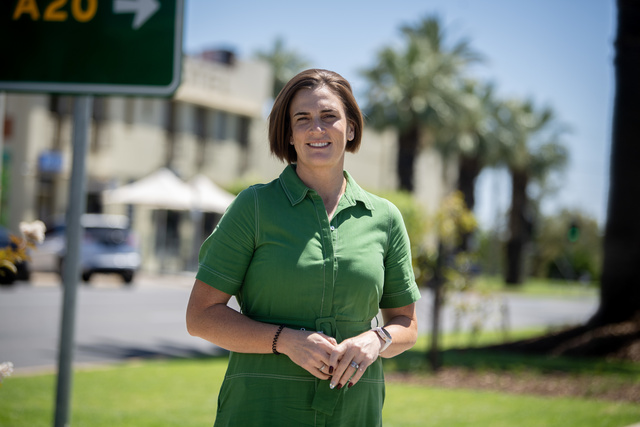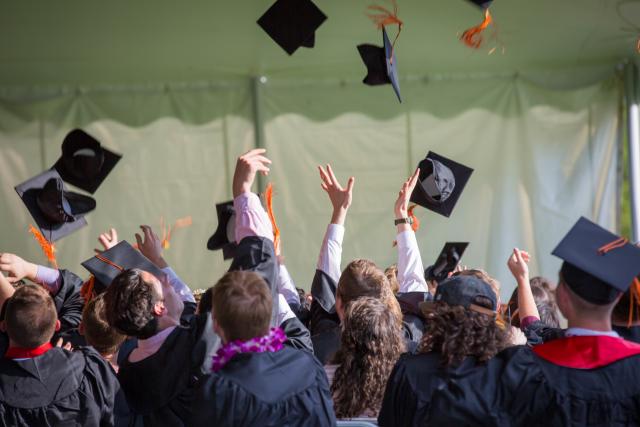WHEN rules aren’t respected, are contradictory, or imposed without evidence, people are bound to bend and break them.
And that is what is happening across an increasingly COVID-fatigued and divided Victoria, whose world record run of lockdowns and lockdown lites continues with little sign of abating until we hit 80 per cent vaccination.
With no clear end date, many are now making their own risk assessments when dealing with COVID, rather than follow government laws imposed on them.
The Victorian Government’s response to the law breakers and benders this week has been to ramp up the fear factor, reimpose even more rules and increase the threat of fines. The Premier spoke to a community which is now well educated on the virus like children because some in the class weren’t listening.
But is it the right way forward?
Over the past few months, I have read many forums on the issue across a variety of right and left wing leaning newspapers to gauge the community mood, and the divisions and hatred between those with alternate views is running deeper by the day.
Many have stuck their stake on one side and are unwilling to find middle ground.
It leaves our fight to return Victoria’s case numbers to zero delicately poised, particularly with what is happening in NSW.
Australians have, for the most part, adhered to some of the strictest COVID-19 rules enforced globally. And that compliance has been the key reason that we have experienced lower infection and death rates when compared with similar countries.
But it relies on trust. And collective goodwill, which the Victorian Government understands is running dangerously low right now.
The World Health Organisation believes the risk of an arbitrary approach to rules or decisions by governments could backfire.
But despite that warning, the Victorian Government double-downed on its hardline stance this week, not only by reimposing curfews in Melbourne, but closing playgrounds. All this on the direction of Chief Health Officer Brett Sutton, who said:
“It’s not definitive and maybe we’ll not be able to make it definitive, but it looks like there’s been transmission in a playground,” he said.
So is the new rule justified on evidence or a whim? Do the parents of Melbourne trust in it? Or give it the finger?
Over the past 18 months, the government has locked down COVID-free regions for less reason than the current playground fear in Melbourne, so the narratives are wearing thin.
When the virus is not present in their communities, many want to start making their own risk assessments.
Law abiding and fully vaccinated grandparents want to visit their grandkids, without the risk of a massive fine.
Country businesses with now well-established COVID protocols want the ability to open up for more customers.
But still they are not allowed.
The dangers of maintaining a heavy imposition on people’s lives when virus risks are low is that people will be too fatigued to comply when the risks are high.
And the contradictory rules that border on the silly undermine the rules that are necessary. For example, at country football venues across Victoria last weekend, many scoffed at the ridiculous situation where crowds were not allowed to watch a local game in the open air, but were instead able to congregate inside pubs and clubs to watch live streams of the games.
And at country grounds without perimeter fencing to lock out crowds, hundreds turned up claiming they were exercising, many with their dogs. Others even brought their own “refreshments”.
Perhaps these local rule benders figured if it was safe enough for regional based footballers to tackle each other for two hours inside the fence, it was safe enough to stand outside and watch from a distance.
A footnote is that no-one in regional Victoria has since come down with COVID.
At some point, governments must accept that individuals need to again be granted the freedom to make their own risk assessments and live their lives.
Until then, as mere citizens, we can only control what we can control. And that is rolling up our sleeves and getting vaccinated for the good of ourselves, our communities and our country.

